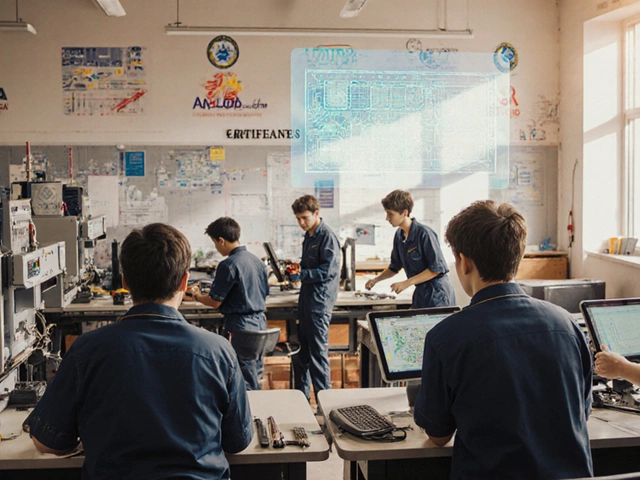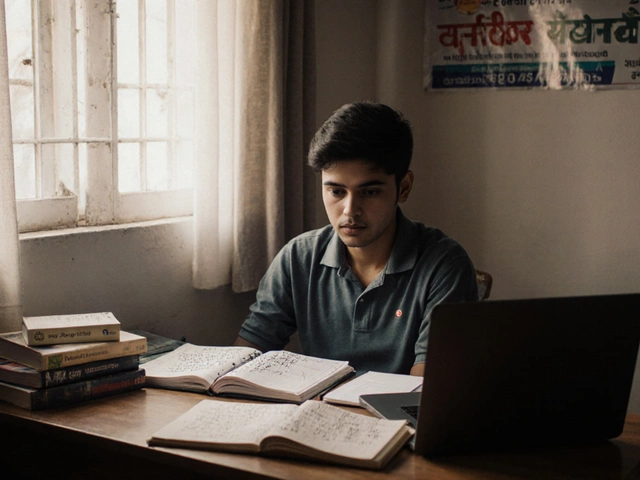India school systems: How they work, what matters, and what’s changing
When you talk about India school systems, the structured framework of primary, secondary, and higher secondary education across India, governed by multiple boards and state policies. Also known as Indian education structure, it’s not one system—it’s a patchwork of boards, languages, and expectations that shape how millions of students learn. The three big players are CBSE, the Central Board of Secondary Education, which runs schools across India and is widely accepted abroad, ICSE, the Indian Certificate of Secondary Education, known for its detailed syllabus and emphasis on English, and state boards, regional education authorities that teach in local languages and follow state-specific curricula. Each one has a different rhythm, focus, and impact on college admissions, both in India and overseas.
Here’s the thing: India school systems don’t just teach subjects—they shape priorities. CBSE leans toward standardized testing and science-heavy paths, making it popular for students aiming for JEE or NEET. ICSE pushes critical thinking and writing, often preferred by families planning to study abroad. State boards vary wildly—some focus on local history and language, others push hard on math and science to compete with national boards. And while parents often worry about which board is "best," the real question is: which one fits your child’s pace, goals, and learning style? A student thriving in a Bengali-medium state board school might struggle in a Delhi CBSE school, and vice versa. It’s not about prestige—it’s about alignment.
What’s changing? More families are moving away from rote learning. Schools are slowly adding project-based assessments, coding in middle school, and vocational tracks that mirror real jobs. The National Education Policy 2020 pushed for more flexibility—fewer board exams, multidisciplinary learning, and skill-based courses. But adoption is uneven. In rural Uttar Pradesh, a school might still teach from 1990s textbooks. In Bangalore, a private school might offer AI workshops. The gap isn’t just between cities and villages—it’s between what the system promises and what it delivers on the ground.
You’ll find posts here that break down exactly how CBSE compares to ICSE for US college admissions, which state has the highest pass rates, why biology is the make-or-break subject for NEET aspirants, and how a 2-year degree can out-earn a traditional bachelor’s. We don’t just list facts—we show you what actually moves the needle for students and parents. Whether you’re deciding which board to pick, how to prepare for exams, or whether vocational training is worth it, the answers are here—no marketing spin, no fluff, just what works.
- By Nolan Blackburn
- /
- 9 Feb 2025
The Easiest Board in India: Understanding the CBSE Syllabus
Choosing the right education board in India can be confusing with numerous options available. Many believe the CBSE (Central Board of Secondary Education) offers one of the most straightforward syllabuses focused on 'learning by doing.' This board is popular for its balanced approach and extensive resources, making learning easier for students across the country. In this article, we'll explore what makes the CBSE syllabus stand out and offer some practical tips for navigating it smoothly.





